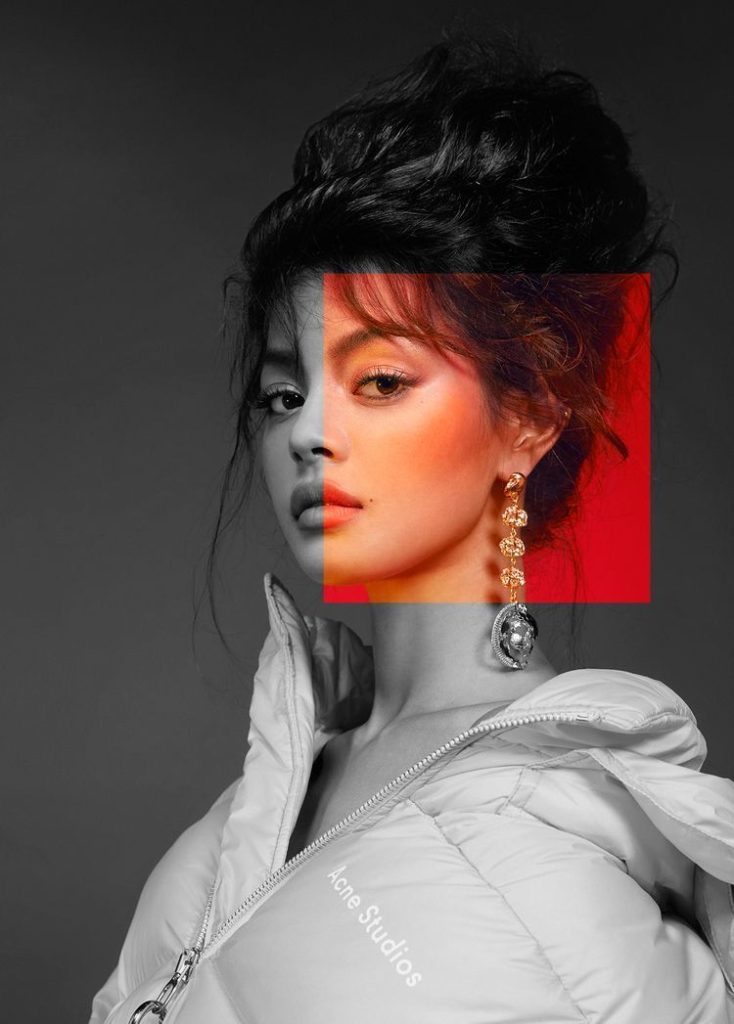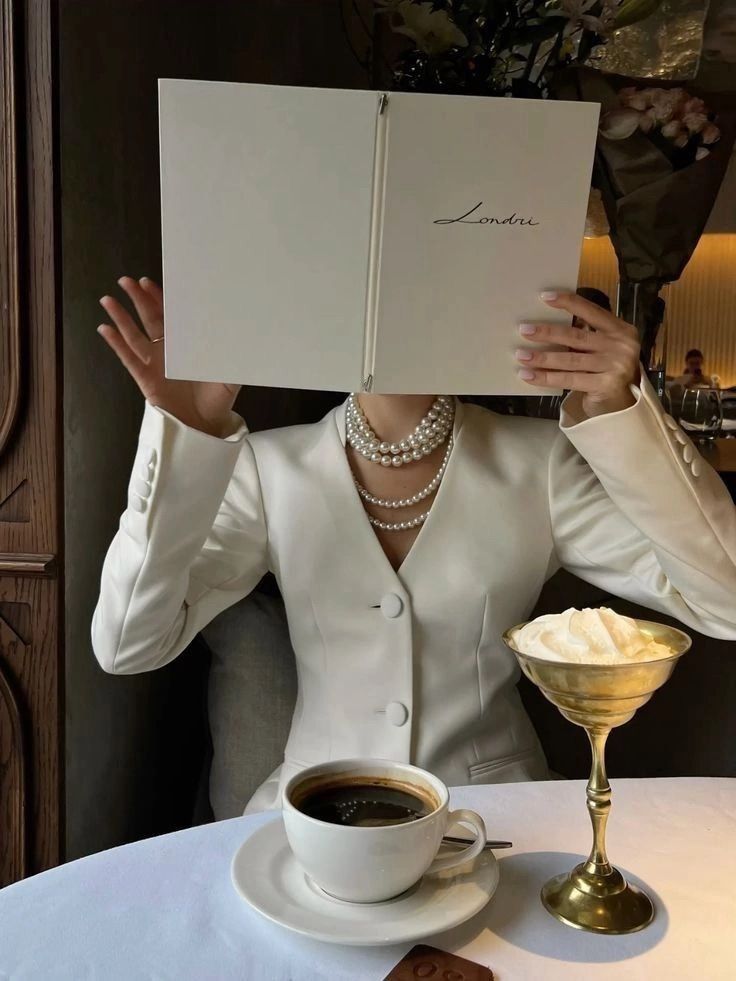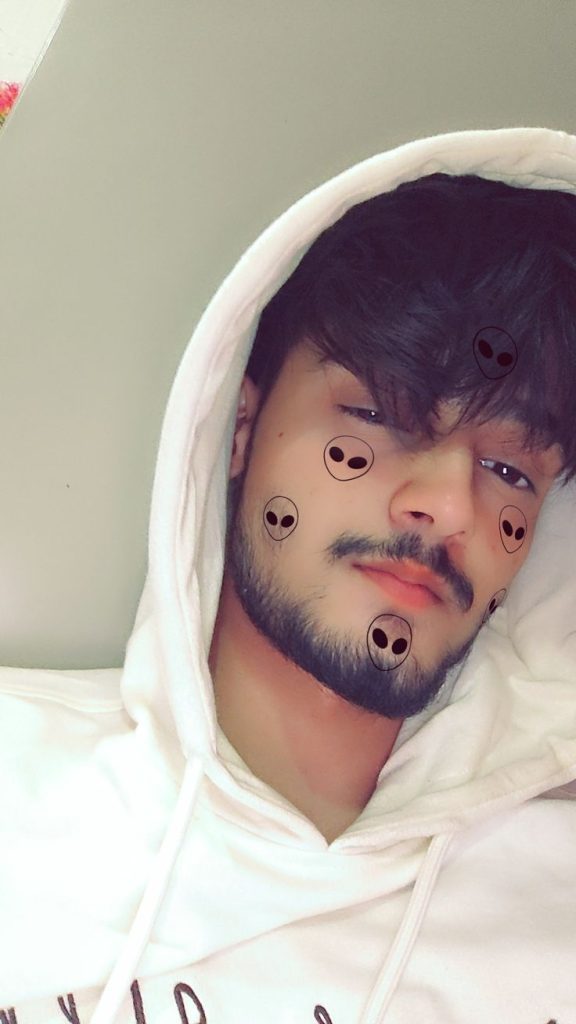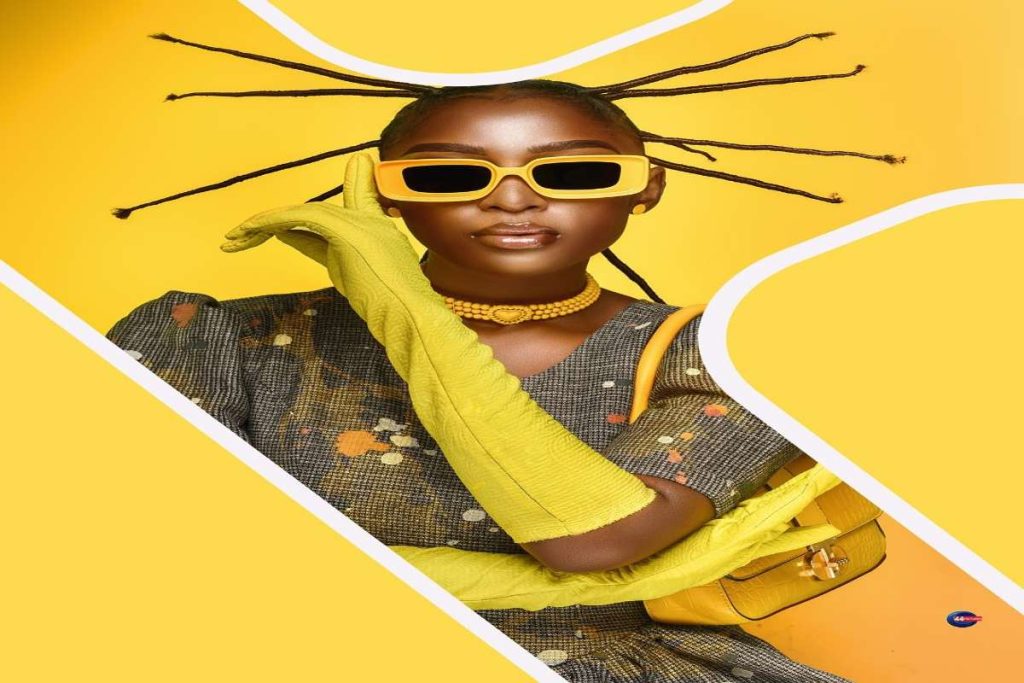Welcome To The Age Of Aesthetics! “You don’t need to sing like Beyoncé, you just need the right filter and a killer outfit.”
That quote isn’t just a meme; it’s a profound statement. It’s a reflection of our times. We live in a world where looks, style, and digital presence now carry more weight than actual skill. What used to be considered background details —outfits, filters, and lighting — have now taken center stage. The rise of the aesthetic economy has flipped the script. Today, looking the part is often more important than playing it.
This new reality is both fascinating and troubling. A place where talent still matters, but it has to dress well, smile perfectly, and post daily to get any attention. Welcome to the era where being noticed often means being aesthetically curated.
What Is The Aesthetic Economy
The aesthetic economy is a digital culture where visual appeal is the main currency. In simpler terms, people now gain popularity, income, and attention through how they present themselves online. Talent alone doesn’t guarantee visibility. Looking good, having a cohesive style, and knowing how to pose for the algorithm often do.
The shift from performance-based talent to image-based virality is no longer subtle; it’s dominant

This culture is driven by social media. Platforms like TikTok, Instagram, and Pinterest reward aesthetics. Users are more likely to engage with something visually pleasing than something meaningful. So the incentive is clear: look better, not necessarily be better.
We’ve seen this play out with TikTok “it-girls,” fashion-forward influencers, Pinterest-core brands, and digital entrepreneurs who gain fame by building an image, not a portfolio. The shift from performance-based talent to image-based virality is no longer subtle; it is now dominant.
What you wear and how you shoot it can get more likes than what you say
ALSO READ: “Wakanda Meets Wall Street”: Black Panther Spinoff Series Set in a Futuristic Financial World
The Rise Of Filters, Fits And Feeds
Fashion now moves faster than ever. Gen Z thrives on microtrends. Styles like coquette-core, clean girl aesthetic, mob wife energy, and Y2K revival have all gone viral in short bursts. These trends are largely visual. They rely on colors, lighting, makeup, and camera angles. What you wear and how you shoot it can get more likes than what you say.
Filters have also played a major role. Instagram face is a real phenomenon. It refers to a very specific beauty look: plump lips, smooth skin, and lifted eyes, which many filters can create. People no longer just apply makeup; they apply presets. And with AI retouching tools, almost anyone can achieve this look.
Even the social media feed itself has become part of the performance. Users now obsess over how their grid looks as a whole. Matching tones, consistent edits, and mood boards have turned profiles into art pieces. In the aesthetic economy, the profile feed is often more important than the post.
Who Needs Talent When You’ve Got Vibes
The new digital celebrities didn’t all rise because of talent. Many became stars due to their style, mood, and curation. Their lighting was perfect. Outfits were trending. Spaces looked like they came from a magazine. And so, the views followed.
In this context, aesthetic becomes performance. You don’t need to sing, dance, or act. You just need to create a vibe. That could mean sipping coffee in the golden hour light and or posing with a vintage filter and a thrifted outfit. The aesthetic does all the heavy lifting.
This works because social media platforms reward content that looks polished. Their algorithms are built to promote what keeps users scrolling. And what keeps people scrolling are things that are pleasing to the eye. That’s why highly aesthetic content performs better, even when it says or does less.
ALSO READ: Marvel Studios and Disney Are Facing a Budgeting Problem
Winners And Losers In The Aesthetic Arms Race
There are clear winners in this system. Influencers who understand the visual language of TikTok and Instagram are thriving. Creators who dress well, use good lighting, and maintain a consistent aesthetic are being rewarded. Even AI stylists and digital creators who never show their face are making careers out of visual branding.
Creators feel like they must keep up with the latest trends. They spend hours editing photos and tweaking lighting.

But others are being left behind. Raw talent doesn’t always shine through in a feed filled with filters and perfect edits. Musicians, artists, comedians, and educators —those who lead with content —can often feel invisible if they don’t also curate their image.
This creates pressure. Creators feel like they must keep up with the latest trends. They spend hours editing photos and tweaking lighting. Many experience filter fatigue, imposter syndrome, or aesthetic burnout. Trying to be “aesthetic” all the time is exhausting. And it often blurs the line between authenticity and performance.
Is This Aesthetic Economy Sustainable?
Many people are beginning to question the aesthetic economy. Is it something we can maintain?
We’re already seeing signs of rebellion. The deinfluencing trend encourages users to stop buying into every trend. Creators are posting unfiltered photos, skipping edits, and embracing natural content. Many users are choosing to show their real skin, messy rooms, and unpolished thoughts.
This could signal the start of something new. Maybe audiences are growing tired of polished perfection. Maybe there’s a craving for rawness, for honesty, for something real.

However, here’s the twist: even anti-aesthetics can become aesthetically pleasing. The lo-fi look, if done well, becomes its own style. Grainy photos, soft lighting, and muted tones still require curation. So even rebellion can end up being part of the same cycle.
And there’s another problem. When everyone starts looking the same, whether polished or raw, does anyone stand out anymore?
The Era Of The Curated Self
We’ve entered a new age. One where personal identity is curated as carefully as a fashion brand. One where being marketable sometimes matters more than being talented.
The aesthetic economy has changed how we value people. Looks and vibes now equal opportunity. That’s powerful and dangerous.
It’s powerful because it opens the door for anyone to become a creator. But it’s dangerous because it tells people that who they appear to be matters more than who they are.
We should all ask ourselves: in the chase for aesthetic perfection, are we losing something real? Are we curating ourselves into versions that only look good on screen? And most importantly, is that version still us?
You Might Also Like:
“It’s Not Possible!” Experts Say As Texas Man’s Photo of ‘Black Panther’ Goes Viral
From Albums to Algorithms: Why Every Artist Is Fighting for a TikTok Moment in 2025
Beyoncé’s Cowboy Carter Era: How She’s Redefining Country Music One Boot at a Time

